Home>Gardening & Outdoor>Landscaping Ideas>When To Trim Pampas Grass
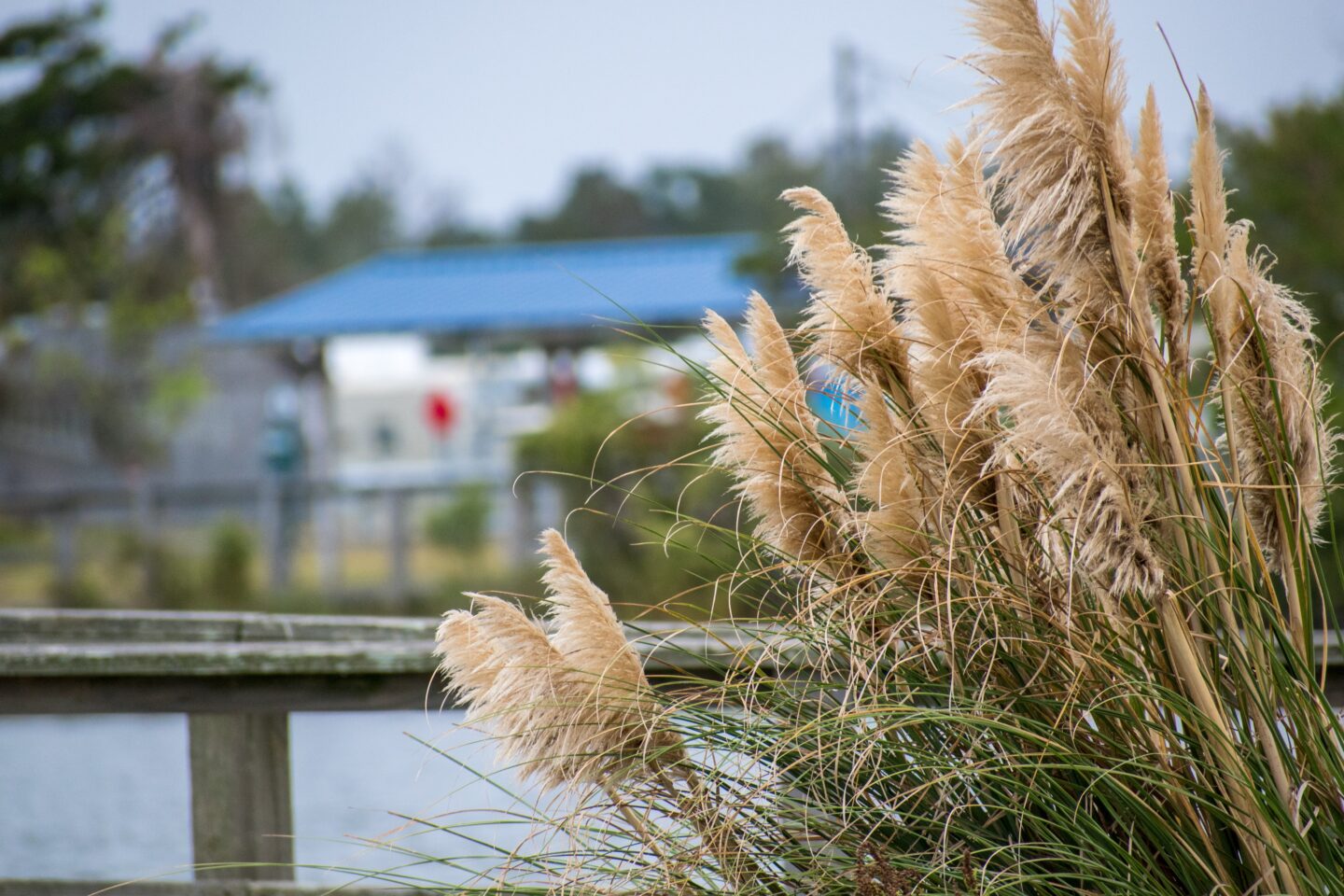

Landscaping Ideas
When To Trim Pampas Grass
Modified: March 29, 2024
Learn the best landscaping ideas and when to trim pampas grass for a beautiful and well-maintained outdoor space. Expert tips and advice for your garden.
(Many of the links in this article redirect to a specific reviewed product. Your purchase of these products through affiliate links helps to generate commission for Storables.com, at no extra cost. Learn more)
Introduction
Pampas grass, with its feathery plumes and tall, swaying stalks, adds a touch of elegance and drama to any landscape. This resilient and visually striking plant is a popular choice for gardens, parks, and public spaces, thanks to its ability to thrive in various climates and soil conditions. However, to maintain its stunning appearance and prevent it from overpowering its surroundings, regular trimming is essential.
In this comprehensive guide, we'll delve into the art of trimming pampas grass, exploring the best practices, optimal timing, and essential considerations for preserving the health and aesthetic appeal of this beloved ornamental grass. Whether you're a seasoned gardener or a novice enthusiast, understanding the nuances of pampas grass maintenance will empower you to elevate the beauty of your outdoor spaces while nurturing the vitality of this iconic plant.
So, let's embark on a journey through the enchanting realm of pampas grass care, uncovering the secrets to achieving lush, vibrant, and well-groomed landscapes that will captivate the senses and inspire admiration.
Key Takeaways:
- Trim pampas grass in late winter or early spring when it’s dormant to promote new growth and maintain its stunning appearance without disrupting its natural cycle.
- When trimming pampas grass, wear protective gear, assess the plant’s condition, trim carefully, and dispose of debris properly to ensure a safe and tidy landscape.
Read more: How To Trim Pampas Grass
Understanding Pampas Grass
Pampas grass, scientifically known as Cortaderia selloana, is a perennial ornamental grass native to South America, particularly the vast plains of Argentina, Brazil, and Chile. Renowned for its majestic appearance and robust nature, this grass species has found its way into landscapes across the globe, becoming a beloved feature in gardens, parks, and open spaces.
Characterized by its tall, graceful plumes that can reach impressive heights of up to ten feet, pampas grass commands attention with its striking visual presence. The long, slender leaves form dense clumps, creating a lush and voluminous display that sways gracefully in the breeze. The plumes, which emerge in late summer and persist through the fall and winter, add a touch of ethereal beauty to the landscape, especially when illuminated by the soft glow of the setting sun.
One of the key attributes that contribute to the popularity of pampas grass is its adaptability to various environmental conditions. It thrives in full sun and well-drained soil, tolerates drought once established, and exhibits remarkable resilience to wind and salt spray, making it a favored choice for coastal landscapes. Moreover, its rapid growth rate and low maintenance requirements make it an attractive option for those seeking to add a touch of drama and texture to their outdoor spaces without extensive upkeep.
However, it’s essential to recognize that the robust nature of pampas grass can also pose challenges, particularly in terms of containment and maintenance. Left unattended, pampas grass can spread rapidly and encroach upon neighboring plants and structures, necessitating regular upkeep to prevent it from becoming unruly and invasive.
By gaining a deeper understanding of the unique characteristics and growth habits of pampas grass, you can cultivate a greater appreciation for this iconic ornamental grass while honing your ability to nurture its beauty in a sustainable and harmonious manner.
Factors to Consider
Before embarking on the task of trimming pampas grass, it’s crucial to consider several key factors that can influence the approach and timing of this essential maintenance practice. By taking these elements into account, you can ensure that the trimming process aligns with the specific needs of your pampas grass while promoting its long-term health and vitality.
- Growth Stage: Assessing the growth stage of your pampas grass is integral to determining the most appropriate time for trimming. Typically, it’s best to undertake this task in late winter or early spring when the plant is dormant, just before the emergence of new growth. Trimming during this period minimizes the risk of disrupting the plant’s natural growth cycle and allows for rejuvenation in preparation for the upcoming growing season.
- Size and Spread: The size and spread of your pampas grass clumps play a significant role in shaping the trimming process. If the plant has grown excessively dense or has encroached upon surrounding areas, it may be necessary to undertake more extensive trimming to maintain a balanced and tidy appearance. Conversely, younger or smaller clumps may require lighter trimming to encourage healthy growth and prevent overcrowding.
- Location: The location of your pampas grass within the landscape can impact the approach to trimming. For instance, if the plant is situated near pathways, structures, or other plants, it’s essential to trim it in a manner that prevents obstruction and maintains a safe distance from adjacent elements. Additionally, considering the visual impact of the plant within its surroundings can guide the trimming process to achieve an aesthetically pleasing result.
- Personal Safety: When preparing to trim pampas grass, prioritizing personal safety is paramount. The sharp edges of the grass blades can cause skin irritation and scratches, and the plumes may release airborne particles that can trigger allergies or respiratory discomfort. Wearing protective clothing, gloves, and a mask can mitigate these risks and ensure a safe and comfortable trimming experience.
- Environmental Impact: Being mindful of the environmental impact of trimming pampas grass is essential, particularly when handling the plant’s cuttings and debris. Proper disposal of trimmings, such as bundling and securing them for collection or composting, minimizes the risk of spread and supports eco-friendly practices in garden maintenance.
By carefully considering these factors and tailoring your approach to trimming based on the specific characteristics and requirements of your pampas grass, you can cultivate a harmonious and well-maintained landscape that celebrates the enduring allure of this captivating ornamental grass.
Trim pampas grass in late winter or early spring before new growth starts. Use gloves and long sleeves to protect yourself from the sharp leaves. Cut the grass back to about 12 inches from the ground to encourage new growth.
Best Time to Trim Pampas Grass
Timing is a critical aspect of trimming pampas grass, as it directly influences the plant’s ability to rebound and flourish following the pruning process. Identifying the best time to trim ensures that you harness the plant’s natural growth patterns to promote optimal health and vigor. While the specific timing may vary based on regional climate and individual plant characteristics, several key considerations can guide you in determining the ideal moment to undertake this essential maintenance task.
For most regions, late winter to early spring, typically between late February and early April, presents an opportune window for trimming pampas grass. During this period, the plant is in a dormant state, having completed its annual growth cycle and awaiting the onset of spring. Trimming at this juncture allows for the removal of old, withered foliage and plumes, paving the way for new growth to emerge unhindered.
Trimming pampas grass in late winter or early spring offers several distinct advantages:
- Promotes Regeneration: By trimming before the emergence of new growth, the plant can allocate its resources towards generating fresh foliage and plumes, fostering a rejuvenated and vibrant appearance.
- Minimizes Disruption: Performing the trimming while the plant is dormant reduces the risk of interrupting its active growth phase, minimizing stress and potential setbacks.
- Enhances Aesthetic Appeal: Removing the old, weathered plumes and foliage rejuvenates the plant’s visual allure, creating a tidy and revitalized aesthetic that enhances the overall landscape.
However, it’s important to note that the timing of pampas grass trimming may vary in regions with distinct climate patterns. In warmer climates, where the plant may exhibit prolonged growth or delayed dormancy, adjusting the trimming schedule to align with the plant’s natural rhythms is advisable. Conversely, in cooler climates, where the onset of spring may be delayed, monitoring the plant’s growth indicators, such as the emergence of new shoots, can help pinpoint the optimal time for trimming.
By attuning your trimming efforts to coincide with the dormant phase of pampas grass and the impending arrival of spring, you can harness the plant’s innate resilience and vitality to cultivate a landscape adorned with flourishing, well-maintained specimens of this iconic ornamental grass.
How to Trim Pampas Grass
Trimming pampas grass requires a thoughtful and methodical approach to ensure the plant’s health and aesthetic appeal are preserved while minimizing potential hazards and disruptions. By following these essential steps, you can navigate the trimming process with confidence and precision, nurturing your pampas grass to flourish and grace your landscape with its timeless allure.
- Prepare for the Task: Before commencing the trimming process, equip yourself with the necessary protective gear, including gloves, long sleeves, and eye protection, to safeguard against the sharp edges of the grass blades and potential airborne particles. Additionally, ensure that your tools, such as pruning shears or hedge trimmers, are sharp, clean, and in good working condition.
- Assess the Plant: Survey the pampas grass clump to evaluate its size, density, and overall condition. Identify areas where dead or withered foliage and plumes are prominent, as these will be the primary targets for removal during the trimming process.
- Begin Trimming: Carefully gather the foliage and plumes of the pampas grass, securing them with twine or bungee cords to contain the mass and prevent loose debris from scattering. Using sharp pruning shears or a powered hedge trimmer, trim the plant to the desired height, cutting just above the base of the clump to encourage new growth.
- Remove Debris: Once the trimming is complete, gather the trimmed foliage and plumes, bundling them securely for disposal or composting. Thoroughly clear the surrounding area of any loose debris to maintain a tidy and hazard-free environment.
- Maintain Vigilance: Throughout the growing season, monitor the regrowth of the pampas grass, paying attention to any signs of overcrowding or encroachment. Light maintenance, such as the removal of stray or withered foliage, can be undertaken as needed to uphold the plant’s appearance and prevent excessive spread.
It’s important to approach the trimming of pampas grass with attentiveness and care, respecting the plant’s unique characteristics and growth habits. By adhering to these guidelines and embracing a mindful and proactive approach to maintenance, you can cultivate a landscape adorned with flourishing, well-groomed pampas grass that captivates the senses and inspires admiration.
Read more: When To Plant Pampas Grass
Conclusion
Trimming pampas grass is an artful practice that harmonizes the preservation of natural beauty with the meticulous care required to sustain its vitality. By embracing a deep understanding of this iconic ornamental grass and considering the optimal timing and essential factors that shape the trimming process, you can elevate your landscaping endeavors to new heights, cultivating outdoor spaces adorned with the timeless allure of pampas grass.
As you embark on the journey of trimming pampas grass, remember that this essential maintenance task is not merely a chore but an opportunity to engage with nature and contribute to the flourishing tapestry of your landscape. By donning the mantle of a steward of green spaces, you play a vital role in nurturing the health and aesthetic appeal of pampas grass, ensuring that its graceful plumes and verdant foliage continue to captivate the senses and evoke a sense of tranquility and wonder.
With each carefully executed trim, you breathe new life into the landscape, ushering forth a rejuvenated and vibrant display of pampas grass that stands as a testament to your dedication and reverence for the natural world. As the sun’s gentle rays illuminate the swaying plumes and the breeze carries whispers of serenity through the air, your well-maintained pampas grass becomes a living testament to the enduring beauty and resilience of nature’s creations.
So, embrace the art of trimming pampas grass as a celebration of the wondrous cycle of growth, renewal, and transformation, and let your landscapes flourish with the timeless elegance of this beloved ornamental grass, inspiring admiration and enchantment with each graceful sway and ethereal plume.
Frequently Asked Questions about When To Trim Pampas Grass
Was this page helpful?
At Storables.com, we guarantee accurate and reliable information. Our content, validated by Expert Board Contributors, is crafted following stringent Editorial Policies. We're committed to providing you with well-researched, expert-backed insights for all your informational needs.
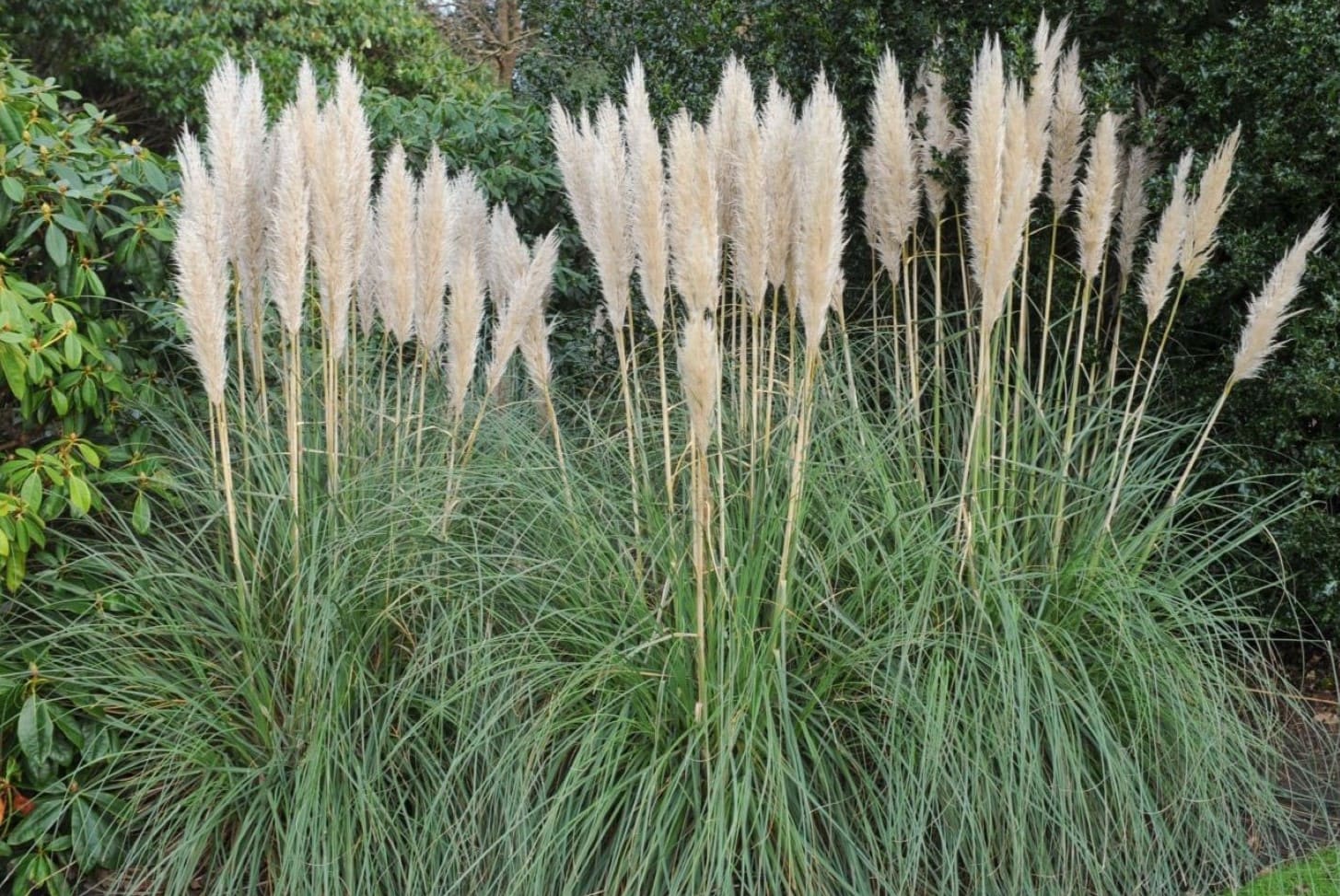
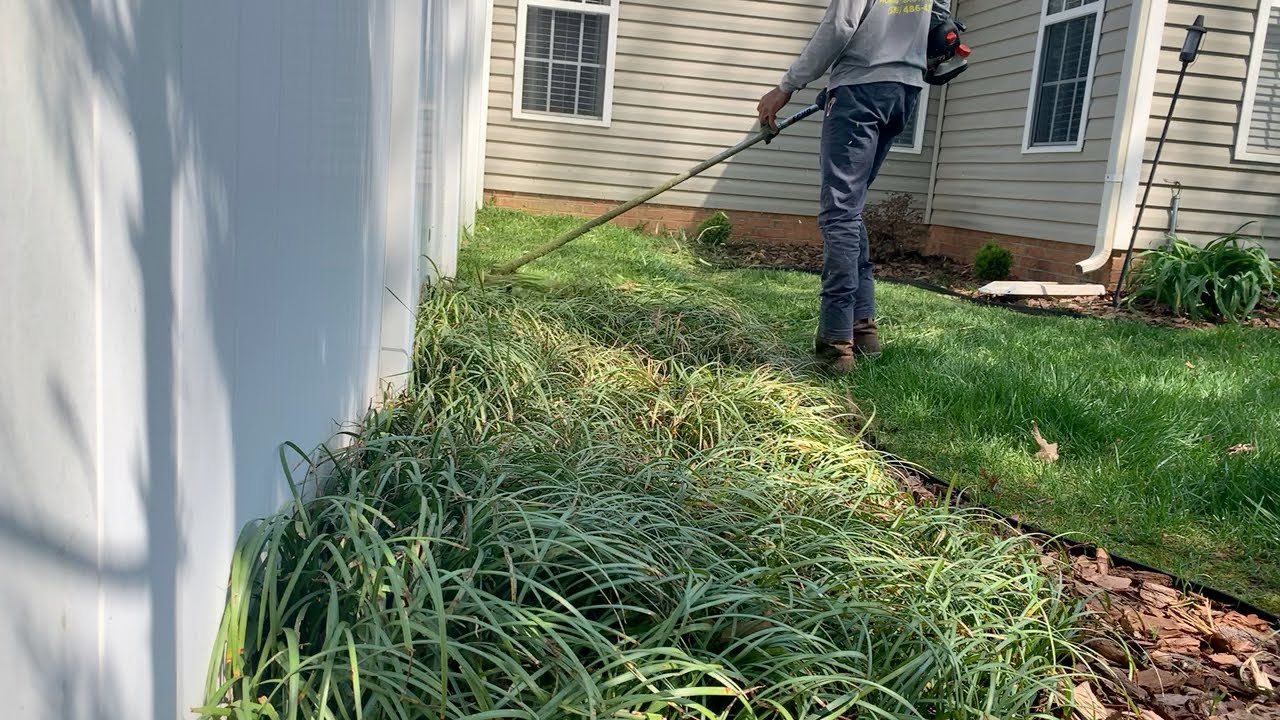
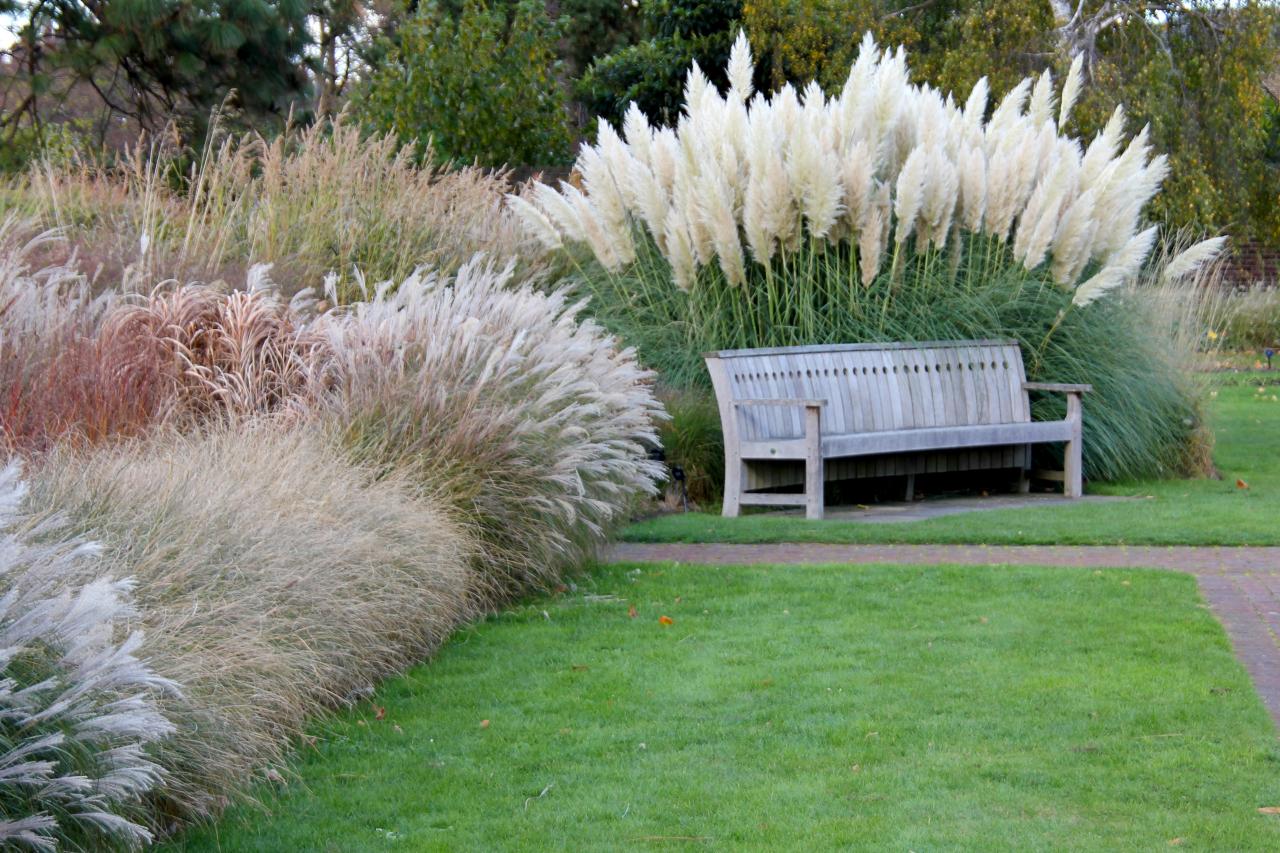
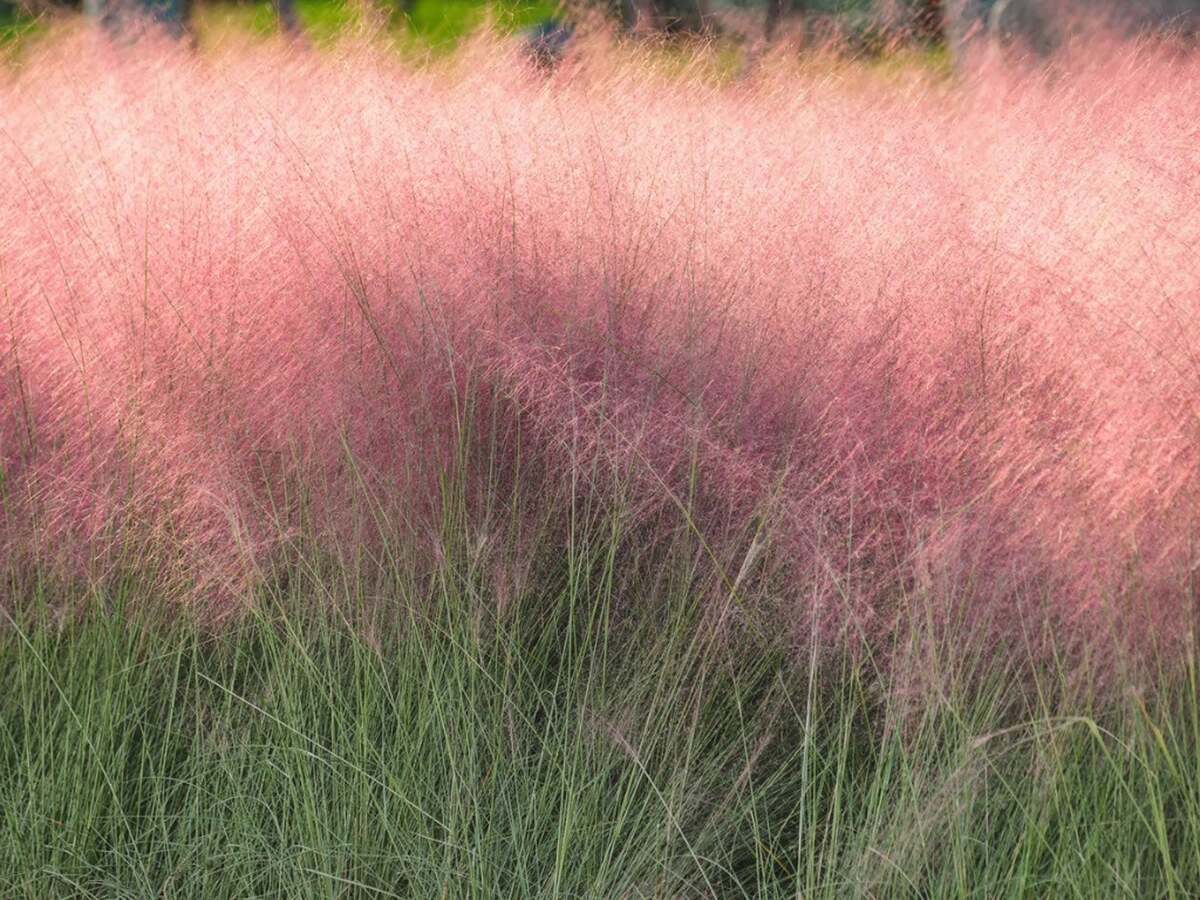
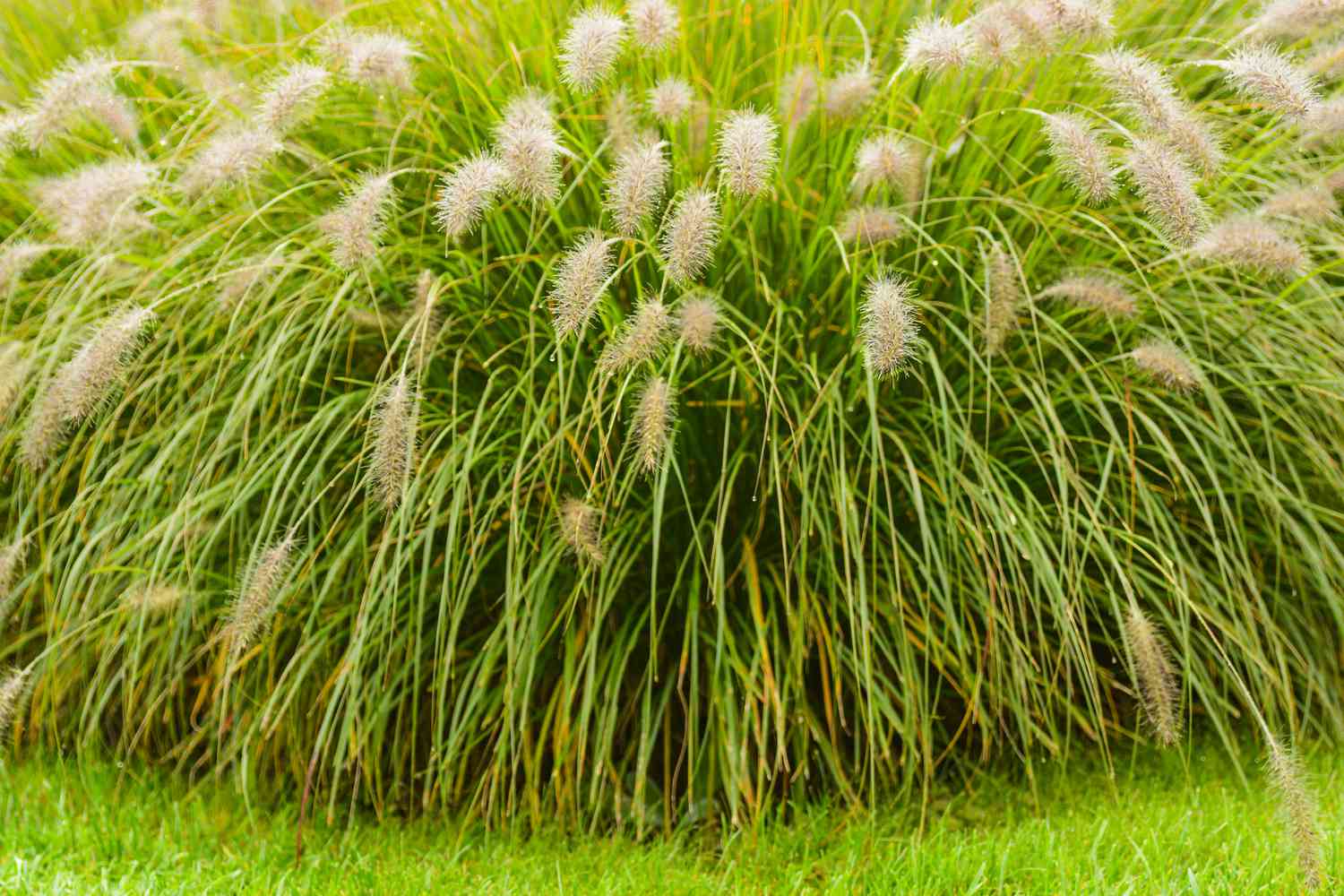
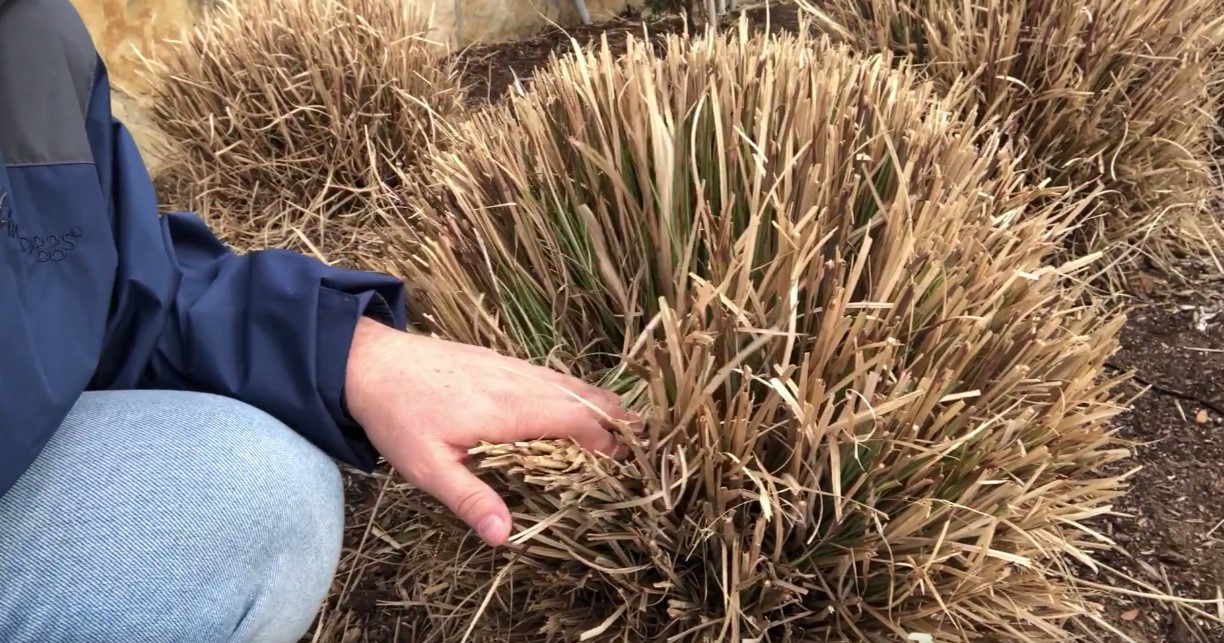
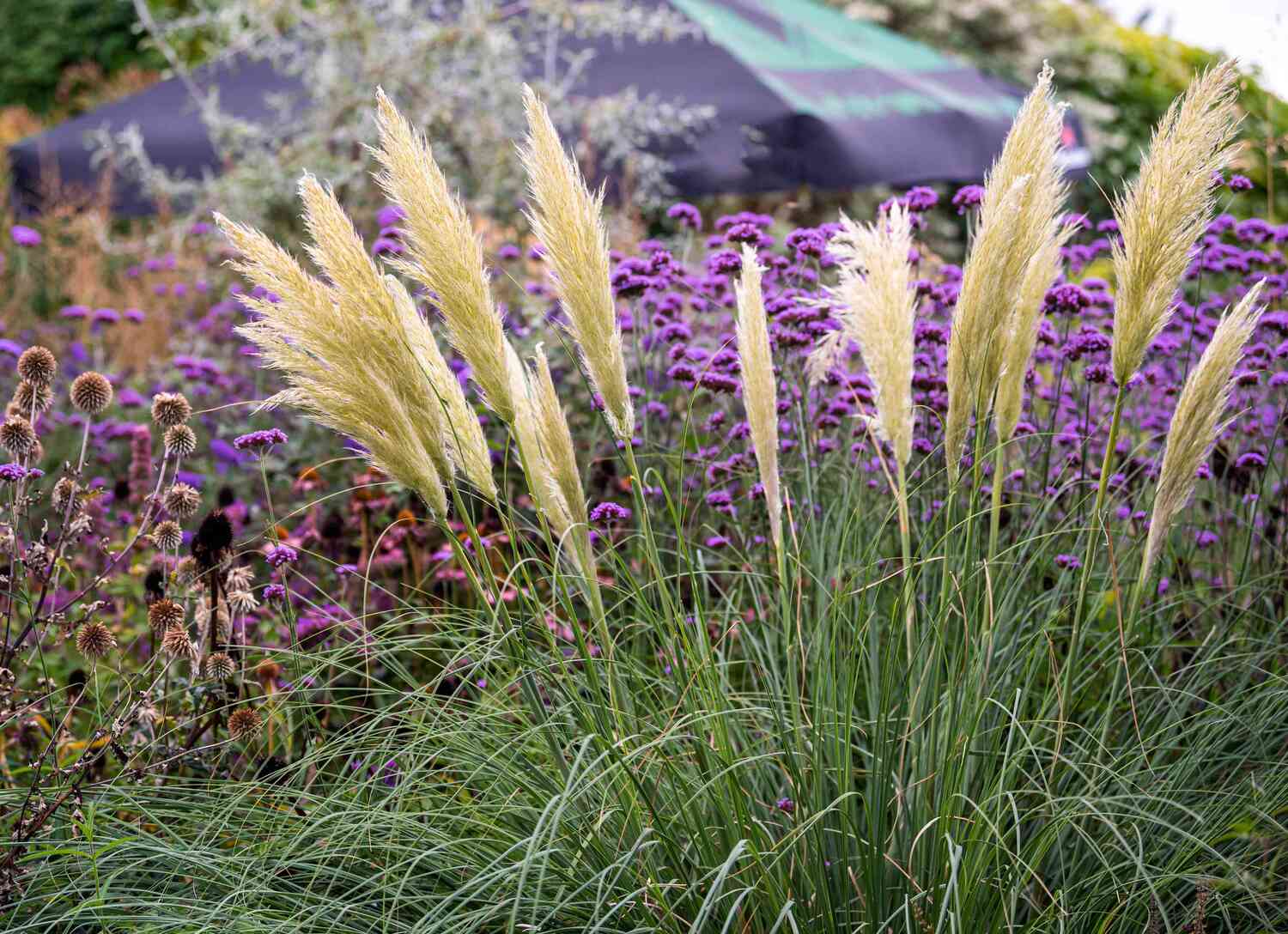
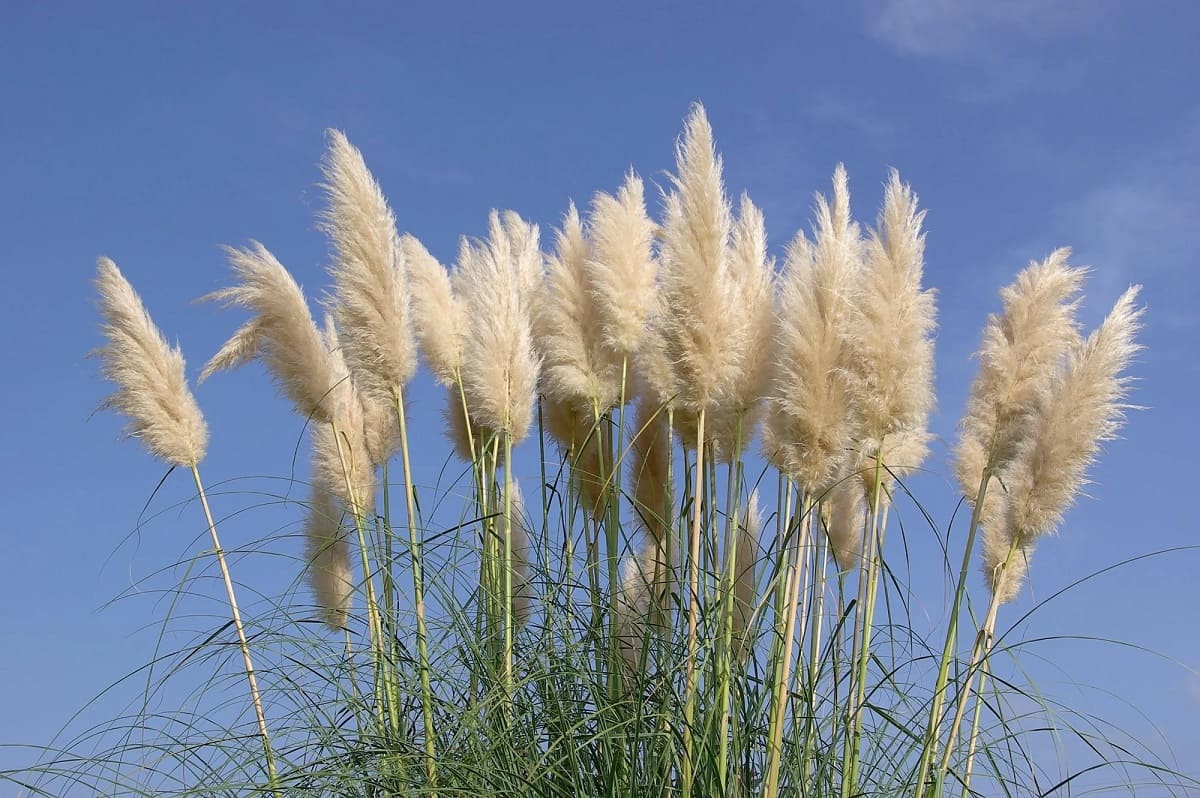

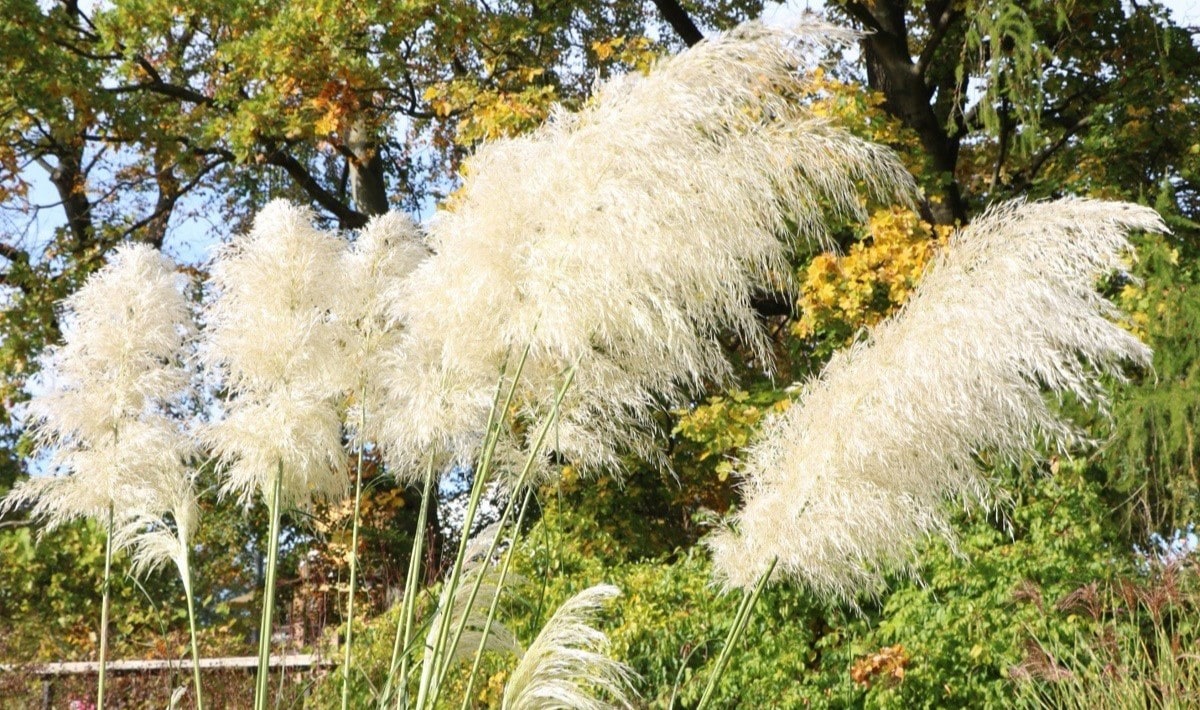

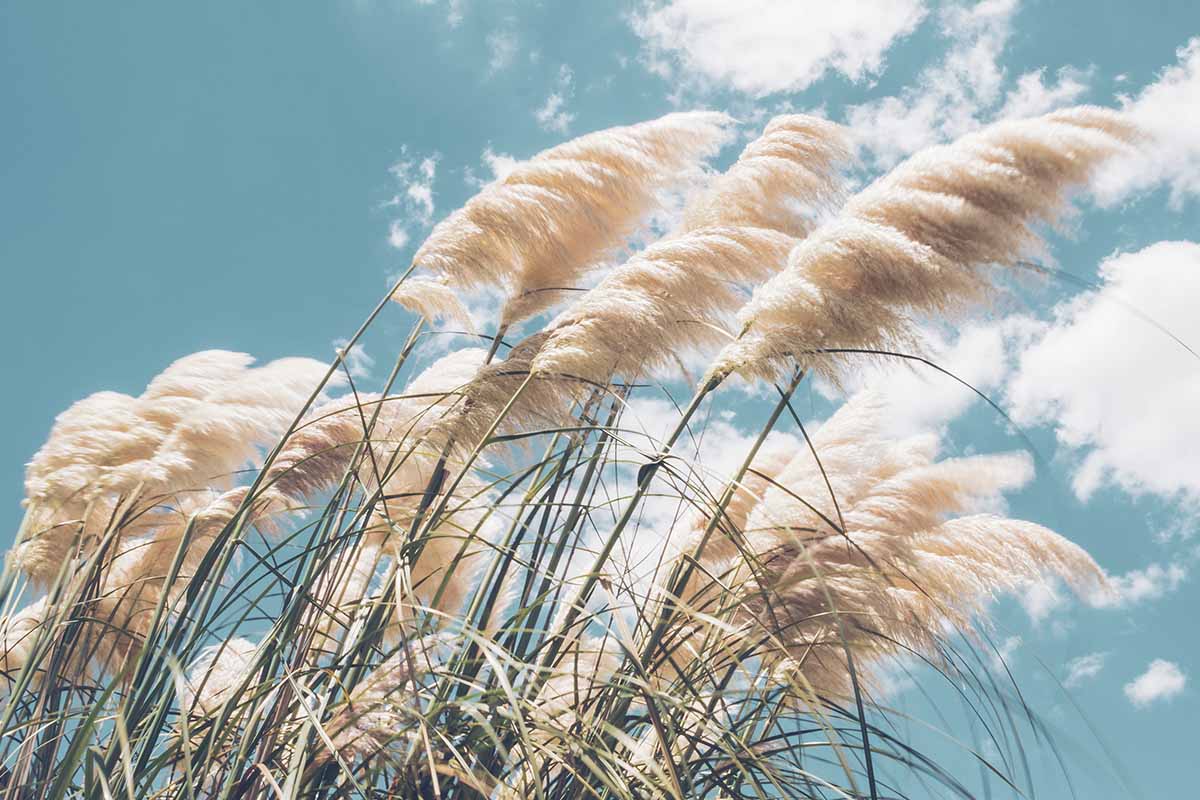
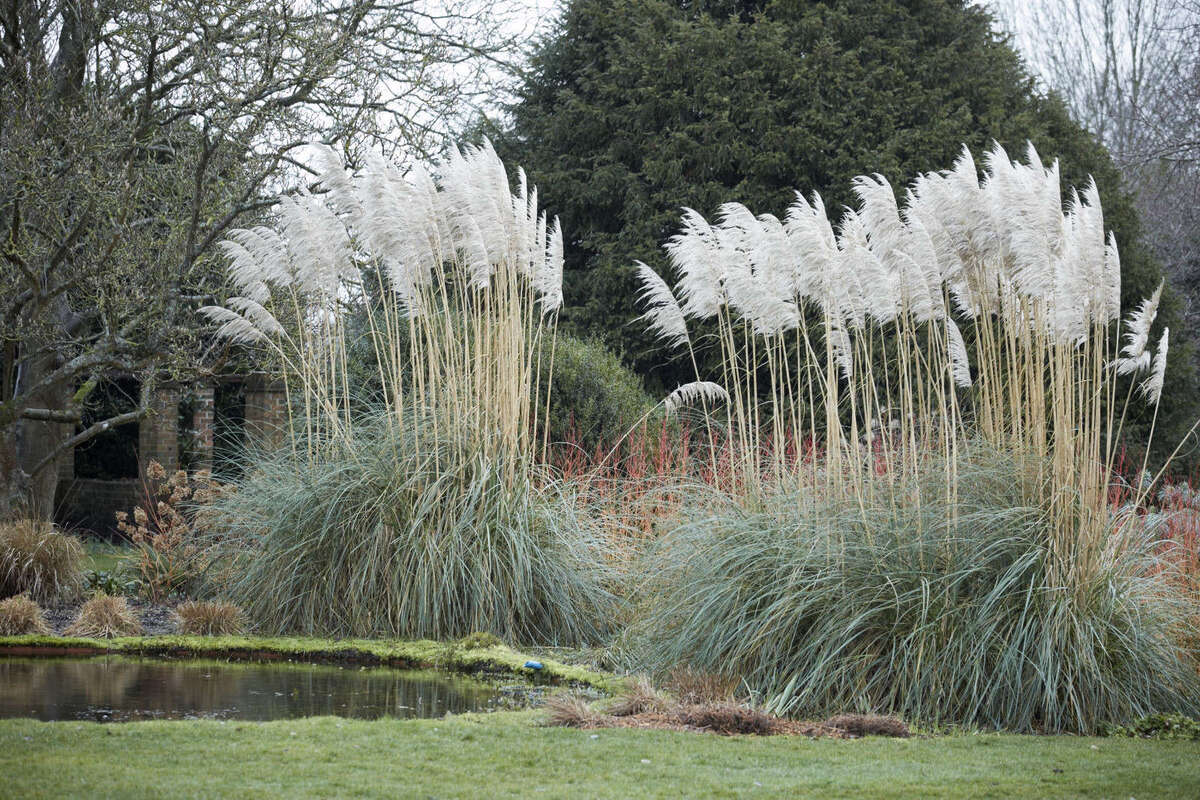
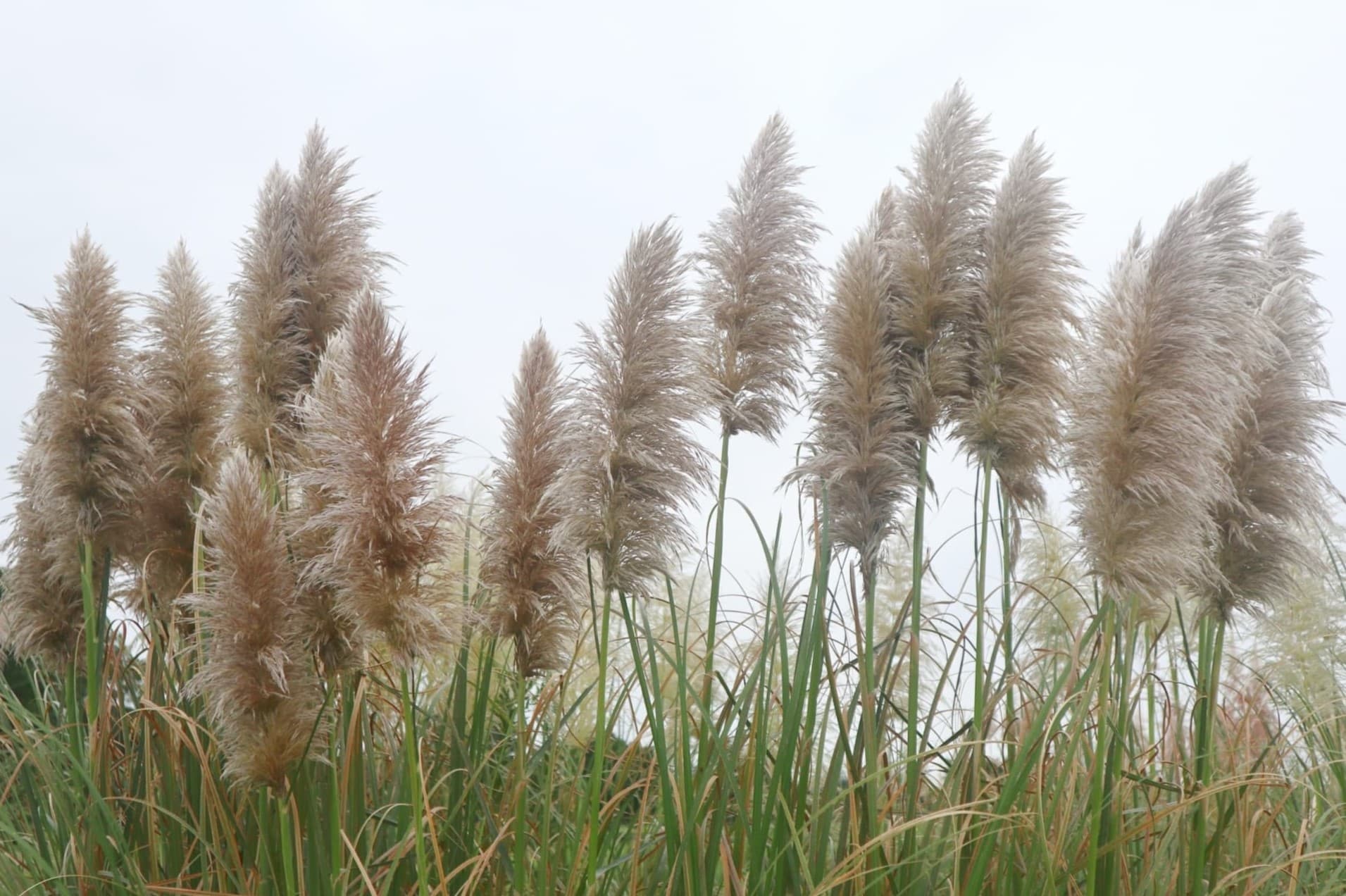

0 thoughts on “When To Trim Pampas Grass”